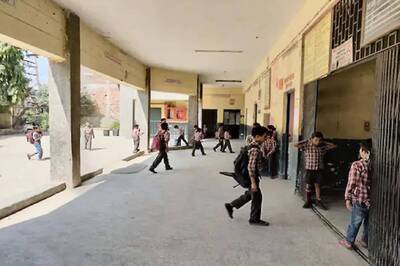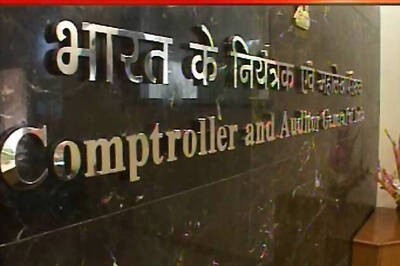
views
BANGALORE: A name conspicuously missing from our history text books is that of B L Rice. Strangely so, as we know much of Bangalore’s history and that of the state due to his work in documenting inscriptions and palm-leaf manuscripts. B L Rice has done so much for Kannadigas that one article on him just won’t suffice.BL Rice was born in Bangalore in 1837 to missionary parents. His father Benjamin Holt Rice is well known for his contribution to the field of education. B L Rice grew up learning Kannada. After finishing his higher studies in England, he returned to India and took up the post of Principal of Central College. His stint as an educator and a school inspector helped him organise the schooling system in the then Mysore province.On his tours across the state, he gathered Kannada manuscripts written on palm leaves and even published them.At his behest, the British Government started a Department of Archaeology in 1884 where he served as the head of the department. Rice brought out 12 volumes of inscriptions found in the former state of Mysore called ‘Epigraphia Carnatica’. The 9,000 inscriptions in these volumes are an invaluable source to understand the political and social history of the state through the ages and Rice was the person responsible for it.His other notable achievement is compiling the Mysore Gazetter, an invaluable source of information and a reference for the government and historians, who are trying to trace the history of Bangalore.Learning the local language meant learning Sanskrit as well. Rice went on to publish his first work titled ‘An Introduction to Sanskrit in 1868’. “He published a ‘Report on the 1881 Census, Catalogue of the Sanskrit Manuscripts in Mysore and Coorg’, and the ‘Karnataka Bhasha Bhushana’, one of the most ancient grammars of the language, never before printed. In 1889, Lewis published a volume on the inscriptions at Shravana Belagola. He records that this created great interest because it contained new material on the then little-known sect of Jains. It led to Rice being set to work on all the inscriptions in the State. But it was at Chitaldroog, to the north of Bangalore, that Lewis made the discovery he regarded as his crowning achievement. In 1892 he found three inscriptions inscribed in rocks, carrying the same text of an edict of Asoka,” states the website www.ricesinindia.info that documents the life of the Rice family in India.In 1873, Rice built a house on High Grounds (#4, Sankey Road) which he called Pen Rhiw (Welsh for ‘top of the hill’). Thanks to the current owners, the old world charm of the house still remains. It is now rented out to a high-end fashion boutique. From the outside, it does not look like it has been changed much. One can still see the old style wooden windows, porch and tiled roof.In 1906, before retiring, he completed six volumes of ‘Bibliotheca Carnatica’, a collection of all major literary texts in Kannada, Sanskrit and other languages. On her online blog, historian Jyotsana Kamat writes that B L Rice was a pioneer of Karnataka’s history and language. Rice brought to light more than 300 poets, who were not so well known. Rice established that an important dynasty, which founded the kingdom of Nepal, owed its origin to Nanyadeva, who came from the Ganga dynasty of Mysore. Rice was very proud of Karnataka’s heritage. Modern Kannada owes a lot to this ‘White Kannadiga’, she writes. And aptly so.




















Comments
0 comment